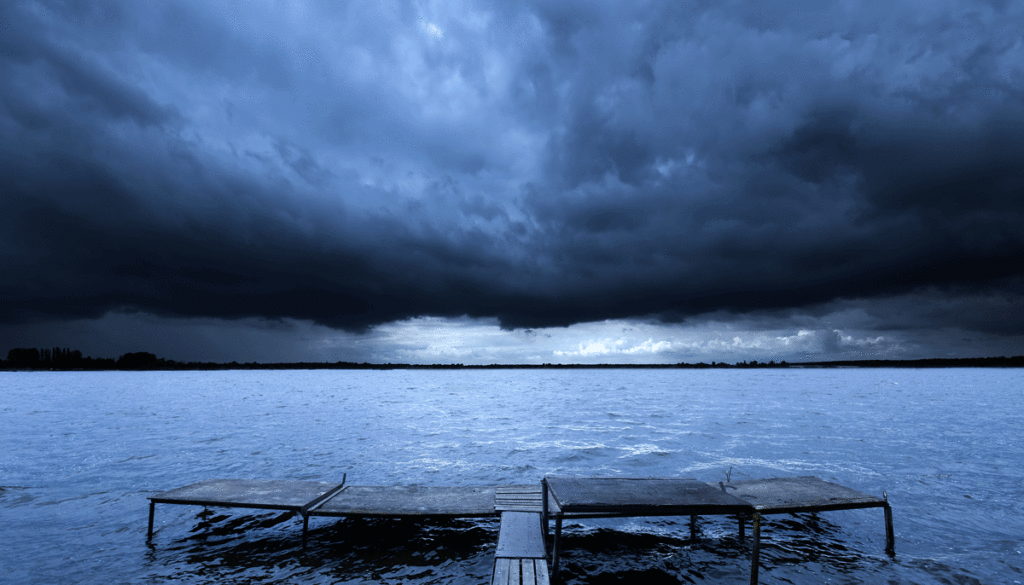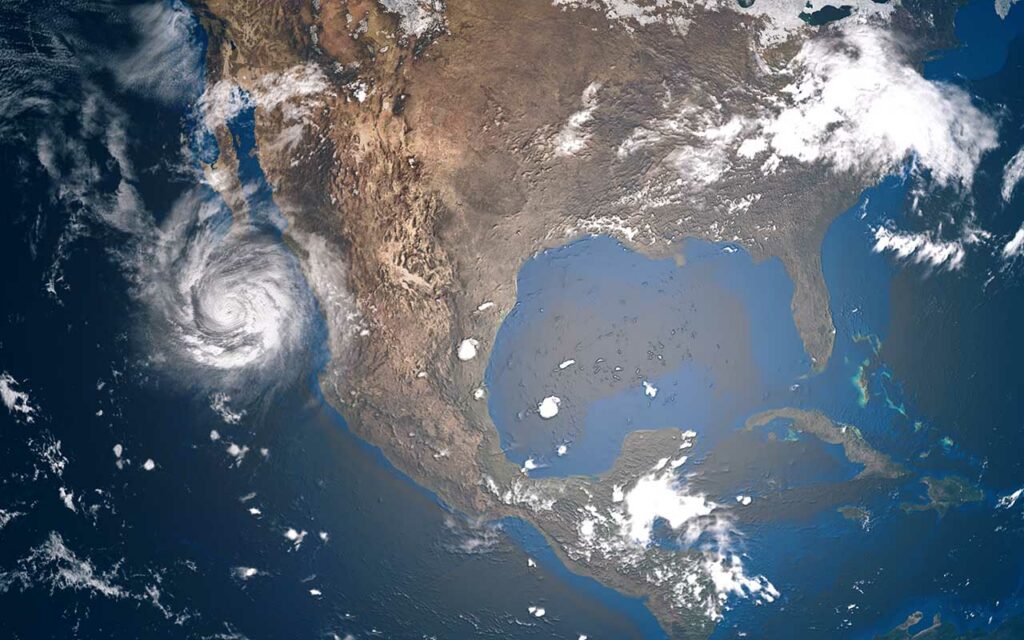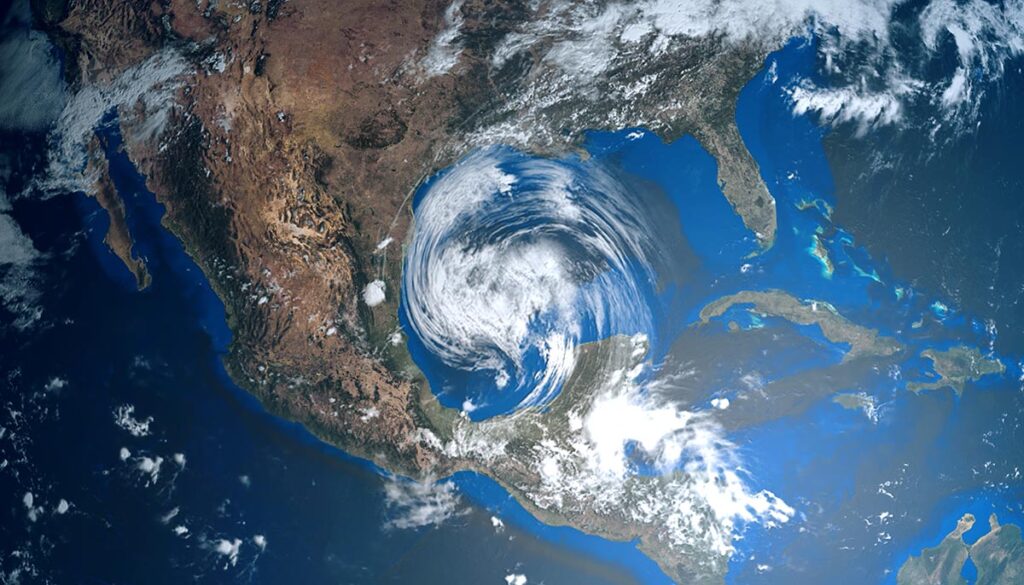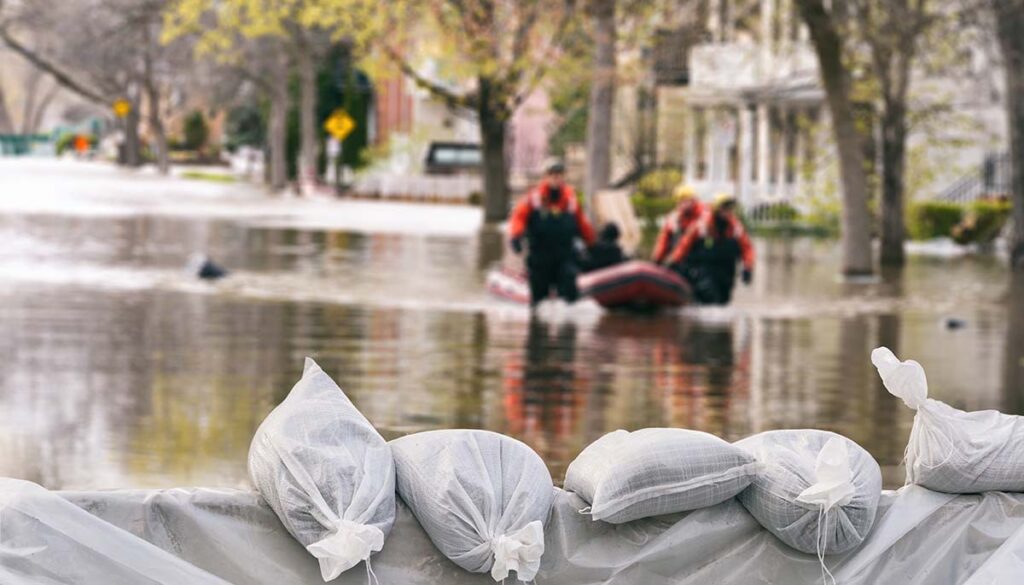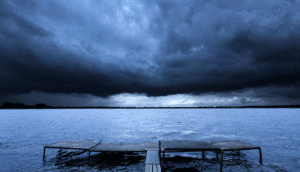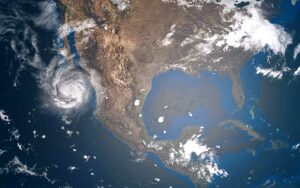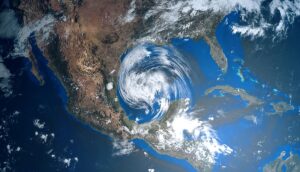When people talk about hurricanes that caused extensive damage, the first one that comes to mind for many people is Hurricane Katrina. The deadly storm passed over New Orleans on August 29, 2005, where it caused the vast majority of its damage. As much as 80 percent of the city was flooded, the transportation infrastructure was obliterated, and over 1,400 lives were lost.
This is a staggering amount of damage, even for a hurricane. Notably, the city had a lot of forewarning about the storm’s potential danger, yet it still caused unbelievable amounts of damage and widespread loss of life. Why was the storm so devastating? What went wrong?
Evacuation Order
On August 26, a Friday, New Orleans was preparing for the worst. People were securing their homes in case of flooding, and packing so that they’d be ready for an evacuation order to come through. On August 27, the federal government issued named Louisiana an emergency area. At 9:30 in the morning on August 28, New Orleans Mayor Ray Nagin issued a citywide evacuation order, ordering everyone in New Orleans to seek higher ground.
New Orleans is a bizarre city from a topographical standpoint. Despite being coastal, much of the city actually sits below sea level. The city is able to exist in its modern-day state because of a system of levees that keep ocean currents from overtaking lakes and rivers around the city and causing widespread flooding.
Not everyone complied with the evacuation order. Some people simply didn’t want to deal with evacuation traffic again: in 2004, the evacuation ahead of Hurricane Ivan led to snarled traffic and widespread traffic jams. Some people simply couldn’t afford the transportation to get out of town: the storm was coming at the end of the month, just before payday for a lot of people.
When the Levee Breaks
As Mayor Nagin predicted in a news conference before the storm arrived, the city’s levee system broke down as Katrina’s storm surge overwhelmed it. This swiftly led to flooding throughout New Orleans. Many people who were unable or unwilling to evacuate were swept away by the floodwaters, a devastating loss of life that profoundly impacted the community.
The situation was exacerbated tremendously by the breakdown of the city’s communications infrastructure. Cell phone usage was heavily disrupted, and rescue crews struggled to coordinate their efforts as a direct result.
Aftermath of the Storm
The storm was devastating to the city, which had been on an economic decline for decades before Katrina. Notably, the impacts of the storm were primarily felt in historically Black regions of the city. The income disparity between Black residents and other people living in New Orleans meant that cleanup and relief efforts largely left majority-Black regions of the city waiting for weeks before any help arrived.
Employment among the Black population of New Orleans was down considerably after the storm, and income inequality grew even sharper in the years that followed the storm. The storm’s legacy has remained a deadly force in New Orleans’ history, and its impacts will continue to be felt for decades.

